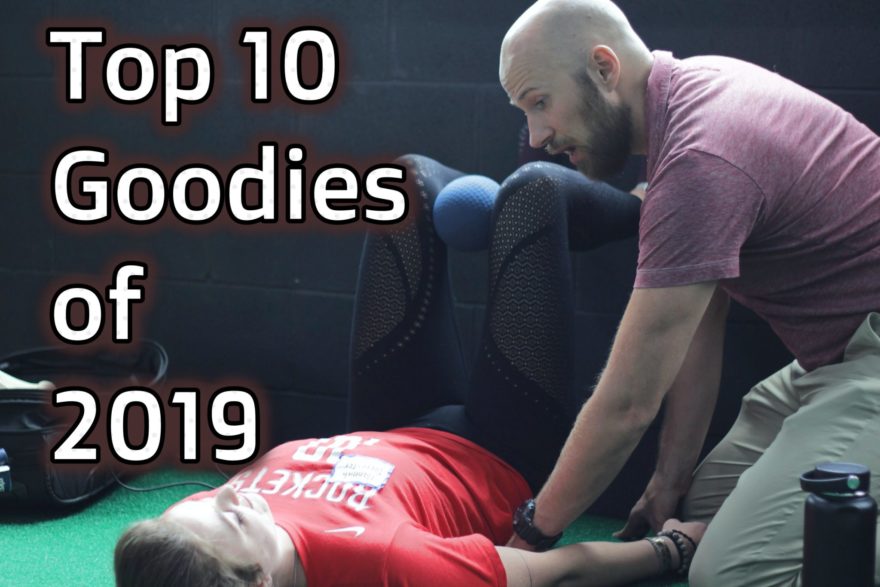It can be incredibly challenging to keep up with the information overload that is the internet.
This is why every Friday I send my newsletter subscribers (aka the fam) the select few things I found useful.
What did the fam enjoy the most in 2019? Exercise, exercise, exercise. The overwhelming majority of goodies the fam loved were exercise variations that I’ve been employing with my peeps.
If you want to see some good shit (you’ll laugh when you see it), sleep better, and move better, then definitely check out the top goodies from 2019.
What’s crazy is there were a ton of high-ranking goodies that did not make the list. That’s why I encourage you to sign up for these on the newsletter, as 2020 will make the majority of the goodies fam exclusive. You’ll also get access to a free course, 5 hours of lecture on pain and breathing, and an acute:chronic workload calculator. I won’t even charge you extra, because it’s FREE!
[yikes-mailchimp form=”1″ submit=”Yes, I want goodies and free stuff”]
Without further ado, here are the top 10
Table of Contents
10. The Sleep Tip You Should Never Give a Client (And 5 Others You Should)
Is more sleep always better? Heck, is it even practical for people to actually get more hours of sleep?
That’s where Mike T. Nelson crushes this post that focuses on improving sleep quality.
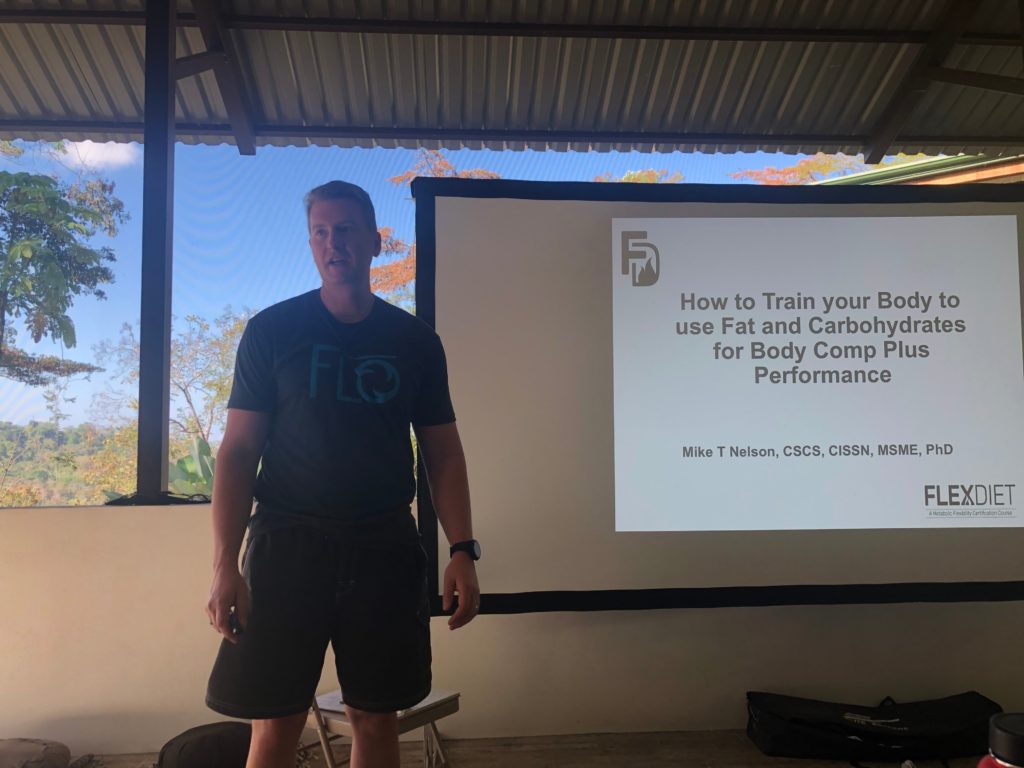
Practically, my two favorite tips were getting morning sunlight and eliminating nightcaps. Walking to work on a sunny morning alone made a major difference in energy levels.
As for drinking, the Oura Ring pretty much killed my desire to imbibe. Even having one drink before bed substantially increased my resting heart rate and eradicated my REM sleep. Say what you will about the accuracy of the ring, but giving up alcohol (except for once or twice a year) was inspired by it.
Another tip not on this list that has helped me sleep-wise has been morning exercise. Most mornings, I will do pushups and squats right when I get up. This little bit of movement has really upped my presence during morning meditation.
9. 15 Tips & Trick for Healthy Sleep Hygiene
There are a bazillion sleep strategies out there, but which are supported by the evidence? That’s where this infographic shines. It’s a wonderful graphic to pass along to clients as well!
The most surprising finding was not recommending melatonin supplementation. It doesn’t seem to be that effective. Your better bet? Getting melatonin that occurs naturally in foods. One of my favorite melatonin-heavy drinks before bed is tart cherry juice.
8. How to Correctly Wipe Your Butt
Well, ain’t that some shit? Who knew there was a bit of science showing the most effective way to clean your booty after taking care of bidness.
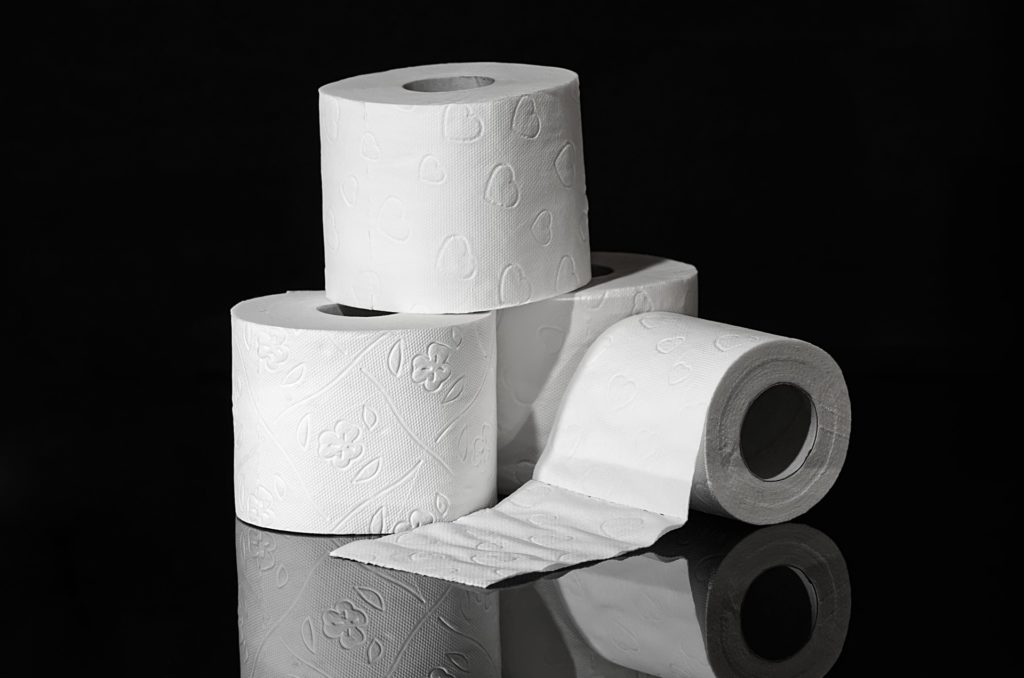
What I found most interesting about this article was the poo-pooing (I can’t stop myself) of bidets. Did you know your butt can be too clean? And there may actually be negative consequences by being overly hygienic down there? That shit cray…
Okay, I’ll stop.
7. Movement variability and the use of nonlinear tools: principles to guide physical therapist practice.
Lot’s of peeps be discussing movement variability all over the internets, but what the heck does that term even mean? This article is one of the best guides to what movement variability is, how it’s measured, why it’s important, and how to possibly improve it.
Surprise, most variability talk on the interwebz is wrong 😉
6. The Dragon Roll
Bill Hartman started talking about rolling at some point, so I started playing around with some different variations.
The dragon roll has been a great move for clients who have a hard time getting their lower back curve to reverse. Theoretically, curling up in this position allow for increased abdominal concentric activity. This contraction displaces the guts posteriorly, allowing the lower back to eccentrically orient.
Programming-wise, I put this in tri-sets as a “core” exercise. Clients who benefit from this move include those who are anteroposteriorly compressed in the upper thorax (aka limited in multiple directions upper body-wise).
5. Toe Touch to Squat Progression
Lot’s of peeps struggle touching their toes and achieving a full squat. This move by Bill Hartman helps clean up both of those limitations.
Theoretically, the oscillatory movements synced with respiration assist pelvic diaphragm dynamics, normalizing range of motion.
I’ve been using this move less frequently, namely because many individuals can get a pretty solid toe touch without reversing their lower back curve. Due to this compensatory action, I wasn’t getting the results with everyone that I thought I would. Moreover, there are a lot of steps to this exercise, which can be pretty overwhelming.
That being said, if you have someone who is pretty body aware and need to clean up that last little bit of a toe touch, it’s a solid choice. If you are stuck at a parallel squat and can’t drop lower than that, it’s absolute money.
4. Thinking Differently… Your Two Strategies of Movement
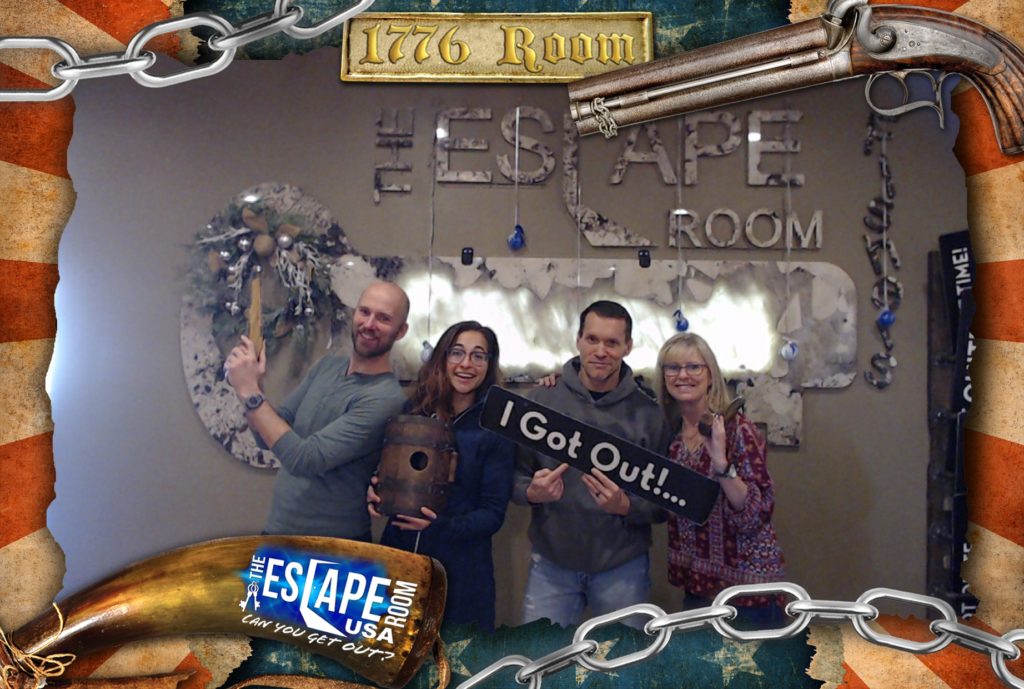
Few have influenced my thought process the way Daddy-O Pops Bill Hartman has, and this post is an example of that.
Breaking down movement into two different strategies has aided my clinical decision-making to a high degree. If a client exhibits one strategy, you select moves that give them the other; completing their movement option repertoire. Simple in thought and execution. The hard part is knowing the thought process and upping your coaching game.
3. Human Matrix Foundations
There is a lot of talk on my debrief and other things regarding how breathing can impact movement. But what if you don’t have that baseline understanding?
That is why I created this free course. Learning these fundamental concepts has markedly improved what my course attendees get out of Human Matrix. It doesn’t hurt that there is a quiz at the end to gauge your learning.
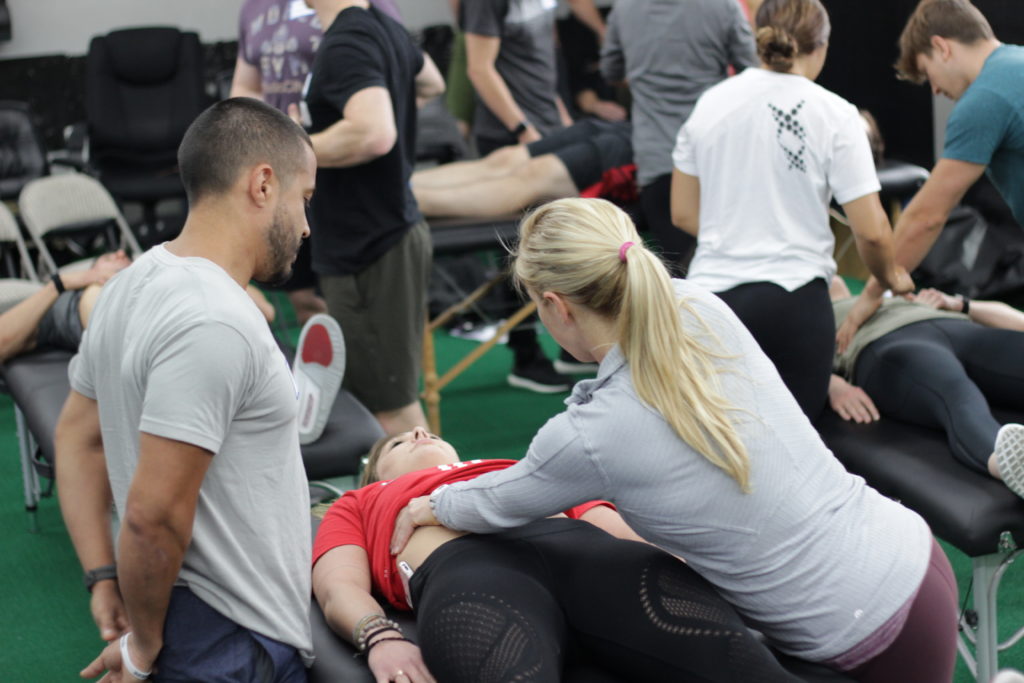
If you liked the course and want to improve your client’s exercise performance, then you’ll definitely want to check out the live seminar.
Sign up for my seminar here. Below are the dates I have for 2020.
January 25th-26th, Scotts Valley, CA (early bird ends January 3rd)
April 4th-5th, 2020, Atlanta, GA (early bird ends March 6th at 11:55pm)
May 23rd-24th, 2020, Dickinson College in Carlisle PA (Early bird ends April 26th at 11:55pm!) [Approved for 14 Category A CEUs for athletic trainers]
June 6th-7th, 2020, Minneapolis, MN (Early bird ends May 3rd at 11:55pm!)
August 1st-2nd, Boston, MA (Early bird ends July 5th at 11:55pm!)
September 12th-13th, Montreal, Canada (Early bird ends August 16th at 11:55pm!)
October 3rd-4th, Ann Arbor, MI (Early bird ends September 6th at 11:55pm!)
November 7th-8th, Charlotte, NC (Early bird ends October 11th at 11:55pm!)
2. Seated Suitcase Hold
I was struggling with some of my deconditioned wide infrasternal angle peeps. Notably, I couldn’t get these peeps to tuck, feel abs, anything.
That’s when I devised the seated suitcase hold. The contour of the chair creates a passive posterior tilt, and the weight held at the side helps clients feel the ab tension needed to improve lower ribcage dynamics.
I like this move either as an initial teaching tool, or the last part of a tri-set for my deconditioned clients.
1. Ski Slope Squat
By far my favorite move of the year, and the same for the fam.
After reading some research on scapular positioning during different ranges of shoulder flexion, I learned that reaching from 0-60 degrees of shoulder flexion is a prime range to drive posterior expansion.
Enter the ski slope squat. This exercise takes advantage of that reaching direction, and the squat itself allows for better spinal inhalation. The success I’ve gotten with this move is unparalleled.
I program this variation for those with wide infrasternal angles, as well as narrow infrasternal angles with posterior compression. If your peeps have limited shoulder external rotation, meet your god.
Which goodies did you find useful? Comment below and let the fam know!

